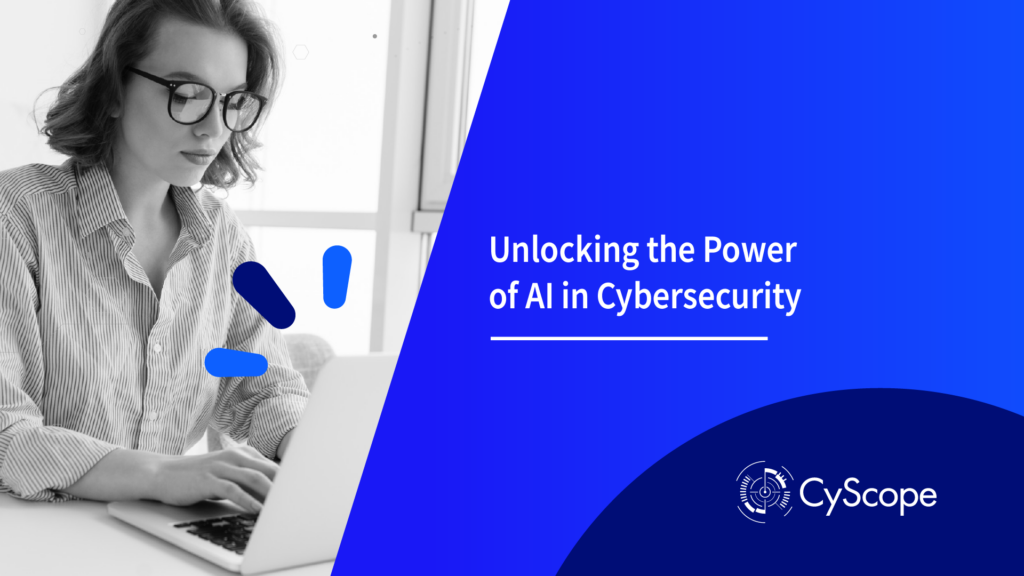In today’s digital age, the integration of Artificial Intelligence (AI) into various aspects of cybersecurity has become both a necessity and a game-changer. With the exponential growth of cyber threats, AI offers a potent arsenal for defending against attacks, identifying vulnerabilities, and fortifying digital infrastructures.
However, this marriage of AI and cybersecurity also brings forth a myriad of risks and challenges that demand careful consideration and proactive mitigation strategies.
Let’s delve into the intricacies of this evolving landscape, exploring both the risks and the boundless opportunities that AI presents in the realm of cybersecurity.
Risks of AI in Cybersecurity:
- Adversarial Attacks: AI systems themselves can become targets for malicious actors who seek to exploit vulnerabilities or manipulate algorithms to evade detection mechanisms.
- Data Privacy Concerns: The extensive use of AI in cybersecurity often involves the processing of vast amounts of sensitive data, raising significant privacy concerns regarding the collection, storage, and utilization of this information.
- Bias and Discrimination: AI algorithms are susceptible to biases inherent in the data they are trained on, potentially leading to discriminatory outcomes or reinforcing existing biases in security decisions.
- Overreliance on Automation: While AI-driven automation streamlines cybersecurity operations, overreliance on these technologies without human oversight can lead to complacency and a false sense of security, leaving systems vulnerable to sophisticated attacks.
- Advanced Threat Detection: AI-powered systems excel in detecting anomalous patterns and identifying previously unknown cyber threats with greater speed and accuracy than traditional methods, enabling proactive threat mitigation.
- Predictive Analytics: By analyzing vast datasets and historical trends, AI can forecast potential cyber threats and vulnerabilities, allowing organizations to preemptively implement security measures and bolster their defenses.
- Efficient Incident Response: AI-driven incident response platforms can rapidly analyze and triage security incidents, enabling security teams to prioritize and allocate resources effectively, minimizing the impact of breaches.
- Continuous Adaptive Security: AI enables security systems to adapt and evolve in real-time based on emerging threats and changing attack vectors, providing a dynamic defense mechanism against evolving cyber threats.
- Investing in Robust AI Governance: Establishing robust governance frameworks and ethical guidelines for the development, deployment, and use of AI in cybersecurity to ensure accountability, transparency, and compliance with regulatory standards.
- Ensuring Data Privacy and Security: Implementing robust data protection measures, including encryption, anonymization, and access controls, to safeguard sensitive information and mitigate the risks of data breaches or unauthorized access.
- Fostering Collaboration and Knowledge Sharing: Promoting collaboration among industry stakeholders, cybersecurity professionals, researchers, and policymakers to share insights, best practices, and threat intelligence, fostering a collective defense against cyber threats.
- Empowering Human Expertise: Recognizing the indispensable role of human expertise in cybersecurity and integrating AI as a force multiplier to augment human capabilities rather than replace them, fostering a symbiotic relationship between humans and machines.
Opportunities of AI in Cybersecurity:
Navigating the Path Ahead:
As organizations embrace the transformative potential of AI in cybersecurity, it is imperative to adopt a proactive and balanced approach to mitigate risks while harnessing the full spectrum of opportunities. This entails:
In conclusion, while the integration of AI in cybersecurity introduces a host of risks and challenges, it also presents unprecedented opportunities to enhance cyber resilience, mitigate threats, and safeguard digital assets. By embracing a proactive and balanced approach, organizations can harness the transformative potential of AI while effectively navigating the complex and ever-evolving cybersecurity landscape.





